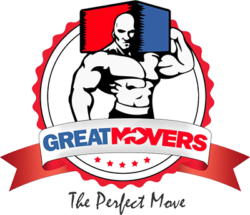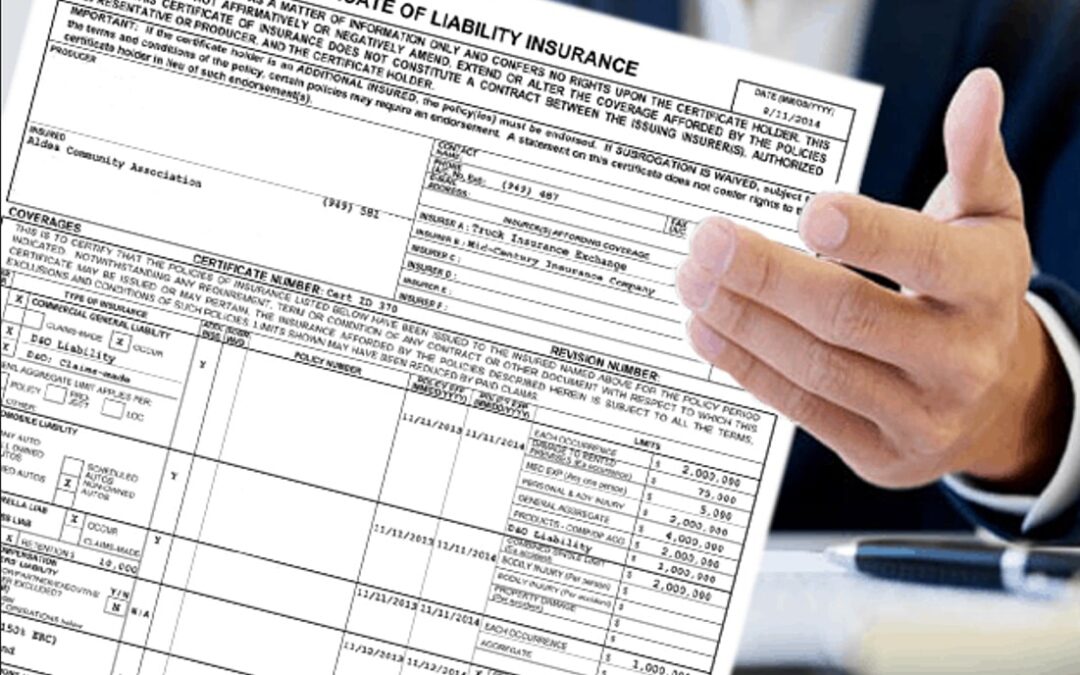Even moving a block or street over can be a stressful experience. You have to pack all of your belongings, donate or trash items that you don’t want to bring, and then do research on local movers to find the best option for you. Now think about the logistics that go into a long distance move. You’re moving hundreds or thousands of miles until you can reach your new home.
The most important phase of your cross country move is preparation. You will really need to manage every aspect of your pre-move time from inventorying your house to decluttering your times to finding reputable interstate movers. The long distance moving advice below can help keep you on track so that you get everything done ahead of time in order to have a successful move.
Make a Plan
As mentioned earlier, the number one thing you can do is to create a plan as soon as you know you’re moving. While it might be time-consuming, you should allocate some time everyday to progress your long distance move. One of the first things you should do is prepare a moving checklist, which can guide you throughout the preparation stage.
In general, you want to keep track of everything you need to accomplish before, during, and after the move. This checklist can keep you organized and can keep you on track. It might seem tedious, but it will make your experience smoother. Make sure to really spend some time to think about every aspect of the move, no matter how small, and write it down. Breaking down a larger activity into several smaller steps can make it much more manageable. Plus, it also makes it less likely that you’ll forget something and have to scramble last minute.
There are a few important steps that many people seem to forget so make sure to write these down:
- Check your packing supplies. Chances are you probably don’t have packing tape or boxes so make sure to purchase some before your move. Always get more than you think you will need so you’re not overpacking your boxes.
- Donate, sell, or throw away items you no longer need. You will need to decide what you’re going to do with all the items you plan on leaving behind. If you plan on donating items, do you know what stores will accept your items? For larger items like furniture, how do you plan on transporting it? If you’re throwing away items, do they require special handling? All of these questions require an answer, so take some time to write it out so you know exactly what to do.
- Update your mailing address and other important documents. A change of address means you have to update a lot of information. However, it becomes more complicated when you move states as you’ll need to update your driver’s license and registration. Make sure to plan ahead and research everything that you need to update and when you have to update it beforehand.
Make a Schedule
Now that you’ve planned out all the steps you need to take for your move, the next long distance moving advice is to make a schedule and stick to it. Make sure to prioritize time sensitive tasks like school enrollment and utilities installation.
To make sure you remember everything, create a moving calendar to keep track of everything you need to do. Make sure to set up reminders in your phone to make sure you don’t forget anything. Creating and staying on schedule means you know exactly what you need to do so you’re not trying to get everything done at the last minute. Sure, you’ll have to set aside some time every day leading up to the move to take care of your tasks, but it will be much more manageable than if you put it off to the last week.
Research Long Distance Moving Experts
Not all movers are created equal. When making a long distance move, you want to make sure you hire a reputable company that won’t charge you too much money. Unfortunately, long distance movers tend to be the targets for moving scams as they are able to skirt federal laws and, as they are interstate movers, they can easily avoid state regulations.
To avoid scammers, you will have to do your research and look out for any red flags. Common tactics of moving scams include avoiding pricing conversation on the phone, neglecting to discuss the complete terms of service, demanding full payments or large deposits upfront, and generally just avoiding answering important questions. Once these ‘movers’ have your belongings, they will refuse to give it back to you unless you pay a huge amount to get it back, essentially holding your items ransom.
A good long distance moving company will answer your questions thoroughly and will happily provide evidence that they are licensed and insured. More importantly, they will be very clear on their pricing and will generally take only a small initial deposit to reserve your move date. Of course, you can confirm the reputation of moving companies by also reading reader reviews and searching the better business bureau for any information.
You should narrow down your search to at least three moving companies and get an estimate from each of them. Make sure to ask if they have any additional charges that you should be aware of. From there, you will have to choose the mover that suits your needs the best.
Purchase Moving Insurance
Whether you have a lot of valuables or not, you want to make sure the items you do have are protected. Yes, many movers do have insurance, but most only basic insurance that will cover $0.60/per pound. So if the movers happen to damage or lose your laptop, you’ll only be reimbursed a couple of dollars.
Instead, you should opt for a Full Value Protection plan. As the name suggests, this insurance will cover up to the full value of the damaged item. Depending on what insurance company you use, it can add a couple hundred dollars to your move, but it’s worth it for the peace of mind. Shop around to find the insurance that makes the most sense for you.
Take Stock of Your Items and Sort Them
Even if you’ve only lived in your old home for a year, you can still accumulate a lot of stuff. While you will probably get rid of a lot of items, you should keep an inventory of all the items you do want to keep. This might take some time, but it’s a great organizational tool and will help a lot in the long run. Take some time to walk through your entire home and write down all of the items in each one.
At the same time, sort your possessions into four categories: move, sell, donate, recycle. You want to reserve the move pile only for things you know you will use in your new home. You can use the 1-year rule. If you haven’t used an item for more than 12 months, you probably don’t need it. In general, you only want to sell items that are still in decent working conditions. Otherwise, you should recycle it. In terms of donation, usually things like clothes, shoes, etc. are best for donating though you can also donate unwanted furniture. Again, make sure to only donate items that are in good condition as donation centers cannot accept damaged items.
Once you’ve separated everything into piles, start packing up the items you’ll take with you. As much as possible, keep items from the same room in the same box. That will make unpacking much easier. Make sure to label your boxes as well so your movers know exactly where the boxes should go in your new place.
Conclusion
Long distance moving might take a bit more planning, but it doesn’t have to be a stressful experience. If you plan well enough in advance, you can save yourself a lot of work by doing a little bit every day. Hopefully, these long distance moving tips can help make your next move as easy as possible.






